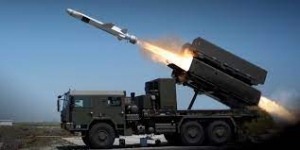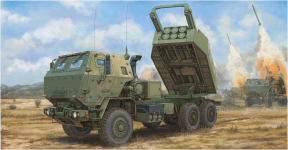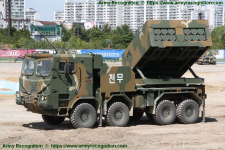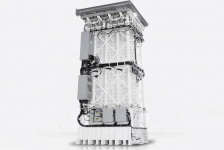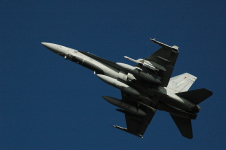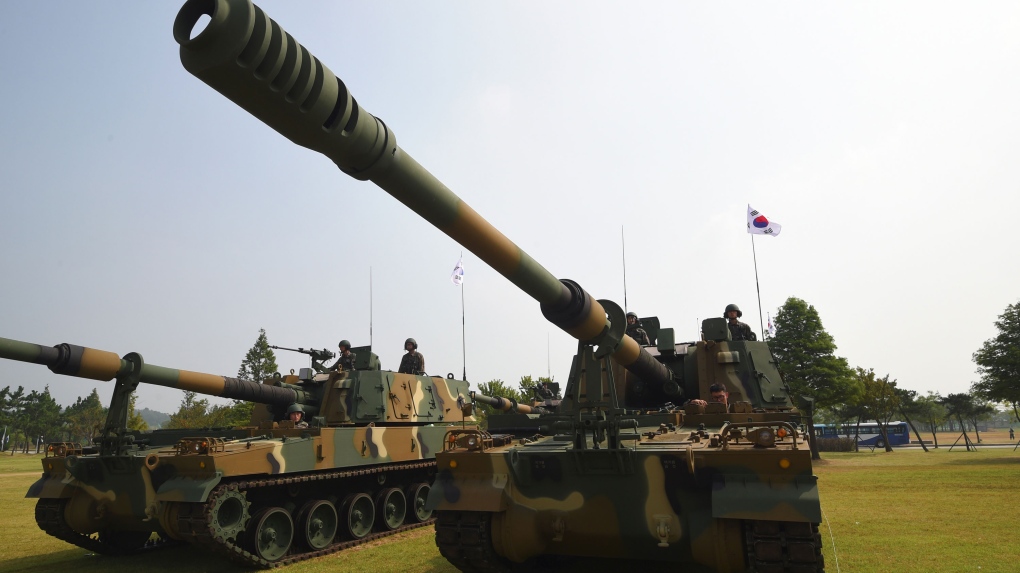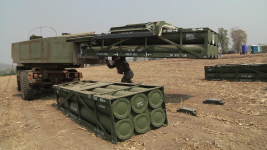- Reaction score
- 8,854
- Points
- 1,160
About those 500 HIMARS that Poland was looking at buying.
They have decided to go Korean again. Korean Tanks, Howitzers and now Rocket Launchers. Planes to follow.
Domestic production. Lower costs. Fewer strings.
Oh, and twice as many rockets per truck.
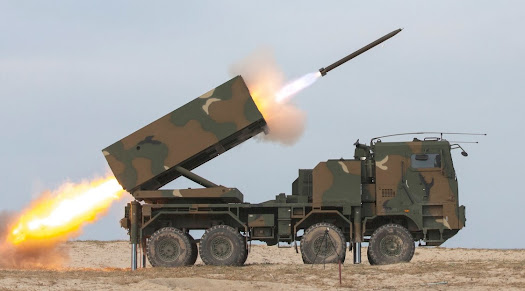
 www.dailypost27.com
www.dailypost27.com
 en.wikipedia.org
en.wikipedia.org
I wonder if the same truck could launch Air Defence missiles?
They have decided to go Korean again. Korean Tanks, Howitzers and now Rocket Launchers. Planes to follow.
Domestic production. Lower costs. Fewer strings.
Oh, and twice as many rockets per truck.

Poland Selects K239 Chunmoo â Self Propelled MLRS Multi Caliber Made in South Korea
Presents the Latest Information About Military, News, Economy, Finance, Business and Other Everyday News Updates
K239 Chunmoo - Wikipedia
I wonder if the same truck could launch Air Defence missiles?




